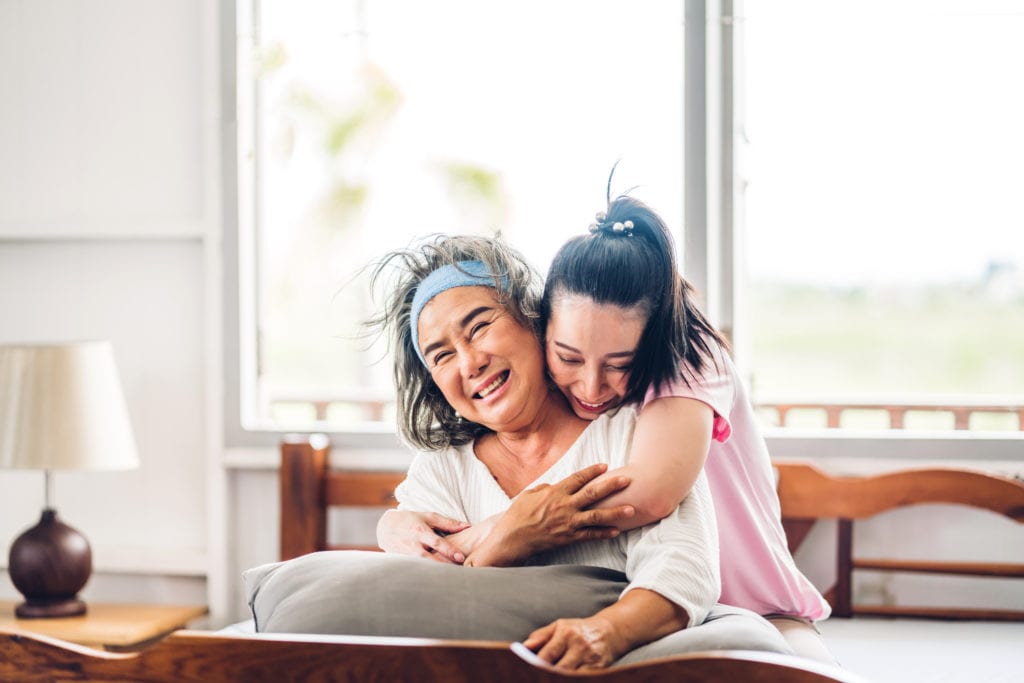
On his first day in office, President Biden signed the Executive Order on Advancing Racial Equity and Support for Underserved Communities Through the Federal Government. This order should be recognized as a significant step in tailoring policy to creating equitable solutions for all – not just those who are white and male. Data disaggregation by race, ethnicity, and gender is at the core of this work, as noted by Section 9 of the order, which calls for the establishment of an Equitable Data Working Group, citing that “many Federal datasets are not disaggregated by race, ethnicity, gender, disability, income, veteran status, or other key demographic variables. This lack of data has cascading effects and impedes efforts to measure and advance equity. The first step to promoting equity in Government action is to gather the data necessary to inform that effort.”
Following the Executive Order on Advancing Racial Equity, President Biden signed the Executive Order on Establishment of the White House Gender Policy Council on International Women’s Day 2021. The combination of these orders has the potential to build a strong foundation for creating a more equitable society.
It is clear that disaggregation starts at the top, and the data collected must represent the United States population in its most accurate, most diverse form. We encourage the collection of data that are more thorough (by increased sample sizes) and therefore facilitate disaggregation. Prioritizing inclusive and equitable policy is prioritizing data (collection). We must spend the time and resources to expand sample sizes because not doing so is far too dangerous and expensive.
Advancing Racial Equity is necessary and beneficial across the board, especially for Asian Americans who are often regarded as a monolithic group, even though there are over twenty unique ethnicities, all with their own immigration stories. Grouping Asian Americans together and considering them as a model minority erases the experiences of Asians who came to America as refugees or immigrants or who may live here in poverty.
Asian Americans have been directly affected by the Covid-19 pandemic; their unemployment rate as of February 2021 was 6.6% – significantly higher than in February 2020 at just 2.5%. This post focuses on Southeast Asian immigrant women who work in industries that were among those most heavily impacted by the Covid-19 pandemic.
Disaggregating data by birthplace and gender allows us to understand the experiences of Southeast Asian immigrant women further. Policy approaches to help this group should move away from monolithic thinking and account for differences.
The countries of origin of the immigrants covered by this post are members of ASEAN, the Association of Southeast Asian Nations: Cambodia, Brunei, Indonesia, Laos, Malaysia, Philippines, Singapore, Thailand, Vietnam, and Myanmar. However, Brunei has been excluded here due to a lack of publicly accessible data.
Occupations:
The increase in anti-Asian sentiment makes the jobs of Southeast Asian immigrant women, who are at the frontlines of the Covid-19 pandemic, even more difficult. Four of the top five occupations held by these women are people- or customer-facing roles. Registered Nurse and Personal Care Aide are both top occupations among this population. Filipino women make up the largest portion of both occupations, at 86% of Registered Nurses and 62% of Personal Care Aides, respectively. Though unemployment rates in the Healthcare industry are relatively low, workers in these occupations are constantly in danger of being infected by the virus and seven times as likely to have severe cases of Covid-19 compared to other workers.
Apart from Healthcare roles, the most common occupation among Southeast Asian immigrant women is within the beauty industry as Manicurists and Pedicurists.
However, with lockdowns and Covid-19 precautions still in place, this industry has seen reduced demand for these services. Nail salons, beauty shops, and barbershops have been among the hardest fit businesses during the pandemic. Most businesses were forced to close and remain closed during strict stay-at-home orders. When they were finally allowed to reopen, they could not afford to bring back most of their workers.
This is met with the rise in at-home beauty care. Even when salons reopen, consumers are preferring to forgo services, both out of concern for their health and out of economic difficulty following pandemic circumstances.
Disaggregated data show us that Vietnamese women are disproportionately affected by these closures, as 93% of Southeast Asian immigrant women in these roles were born in Vietnam.
Education:
Disaggregating education data is a necessary step in crafting policy that acknowledges varied experiences among Asian Americans and challenging the norm of categorizing them all as a model minority – near perfect, with high educational attainment rates. Data on Southeast Asian immigrant women indicates that four of the groups mentioned do have higher education completion rates (“Bachelors”) that rank above the national average. But disaggregating the data allows us to see which national origins have the highest concentrations of women who do not have even a high school diploma – Myanmar (38.7%), Laos (32.5%), and Cambodia (26.4%).
SEARAC, the Southeast Asian Resource Action Center, notes that Southeast Asians experience educational inequalities masked by their categorization as Asian. Furthermore, Southeast Asian education gaps are linked to factors such as refugee status, poverty, language barrier(s), and affordability of college.
Gender Breakdown of Population:
Southeast Asian immigrants make up a little over 25% of Asian Americans in the United States. Policy approaches to help this group should move away from monolithic thinking and account for differences. Disaggregating data is critical to understanding the unique needs and experiences of subgroups within the Asian American population. It is an essential tool for making informed decisions and crafting policy at all levels.
Himaja Nimmagadda is a research assistant at WISER focusing on Asian women. She is a graduate of Virginia Commonwealth University.


